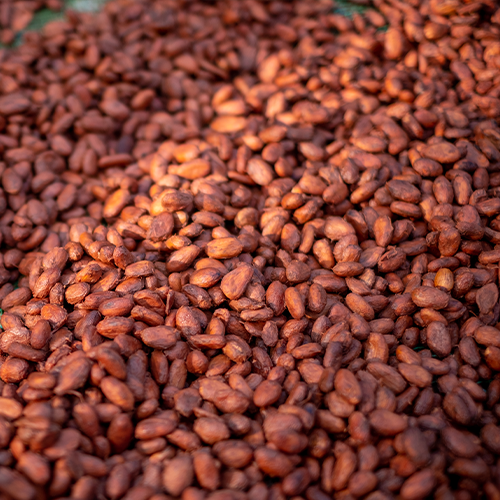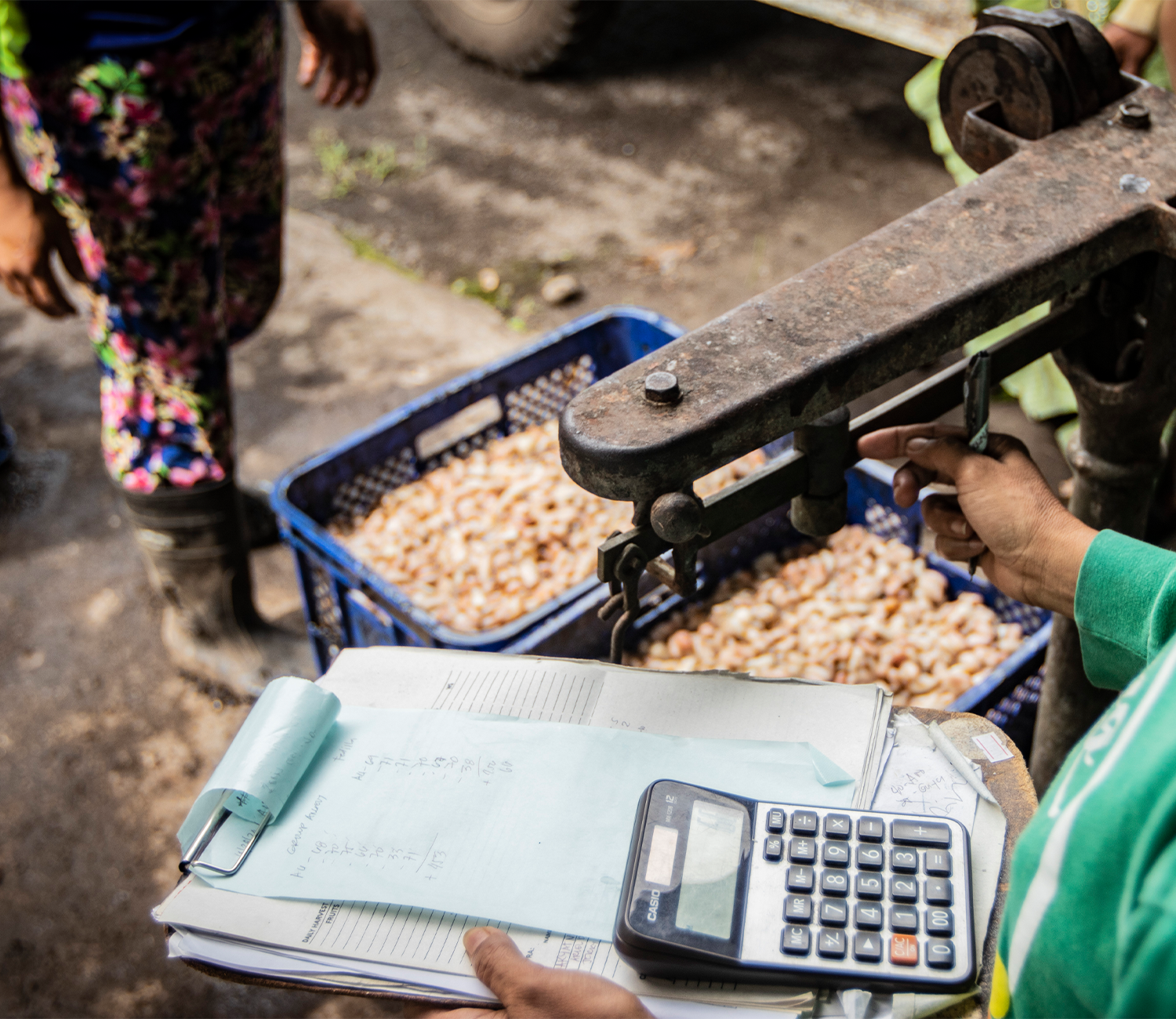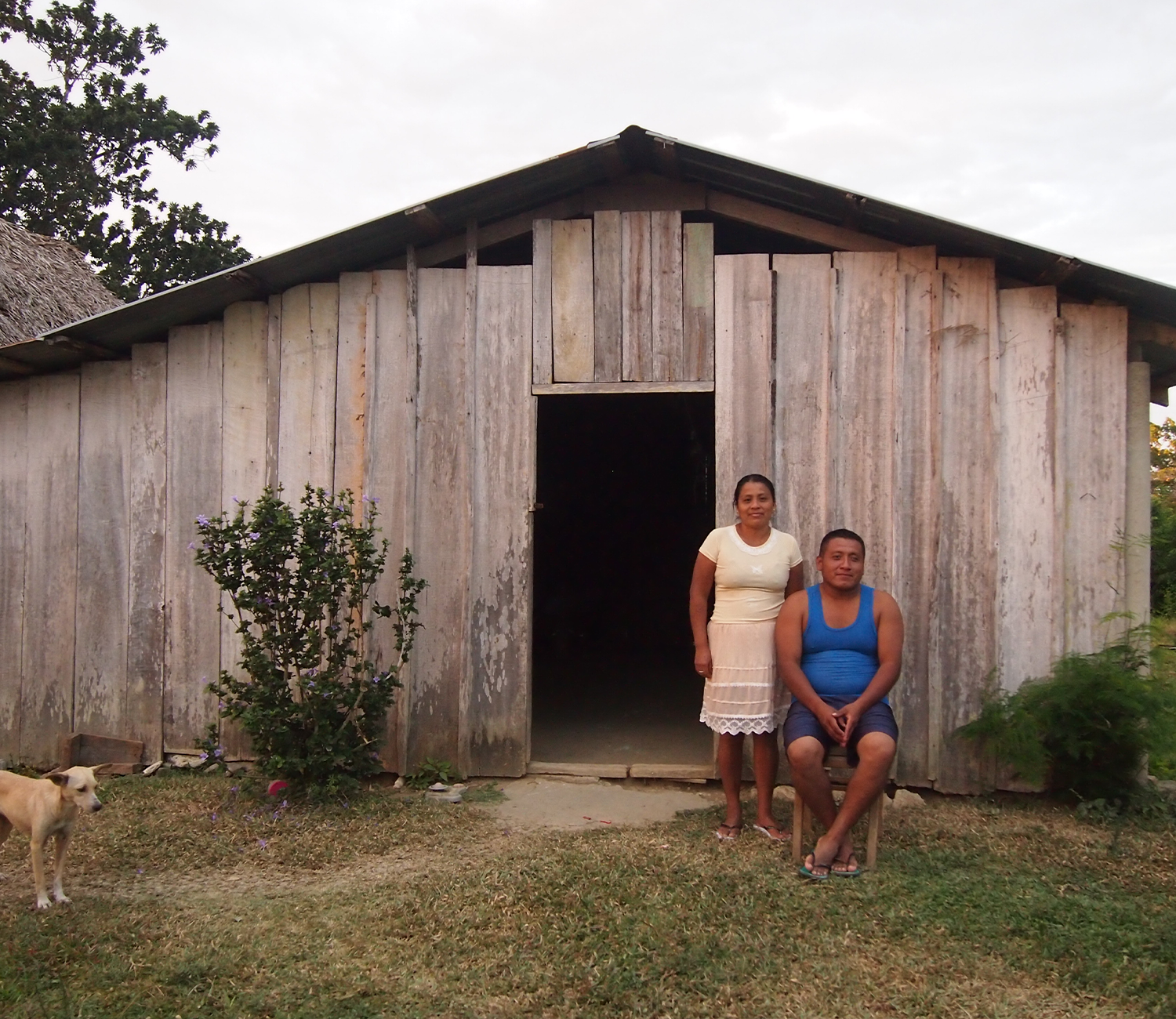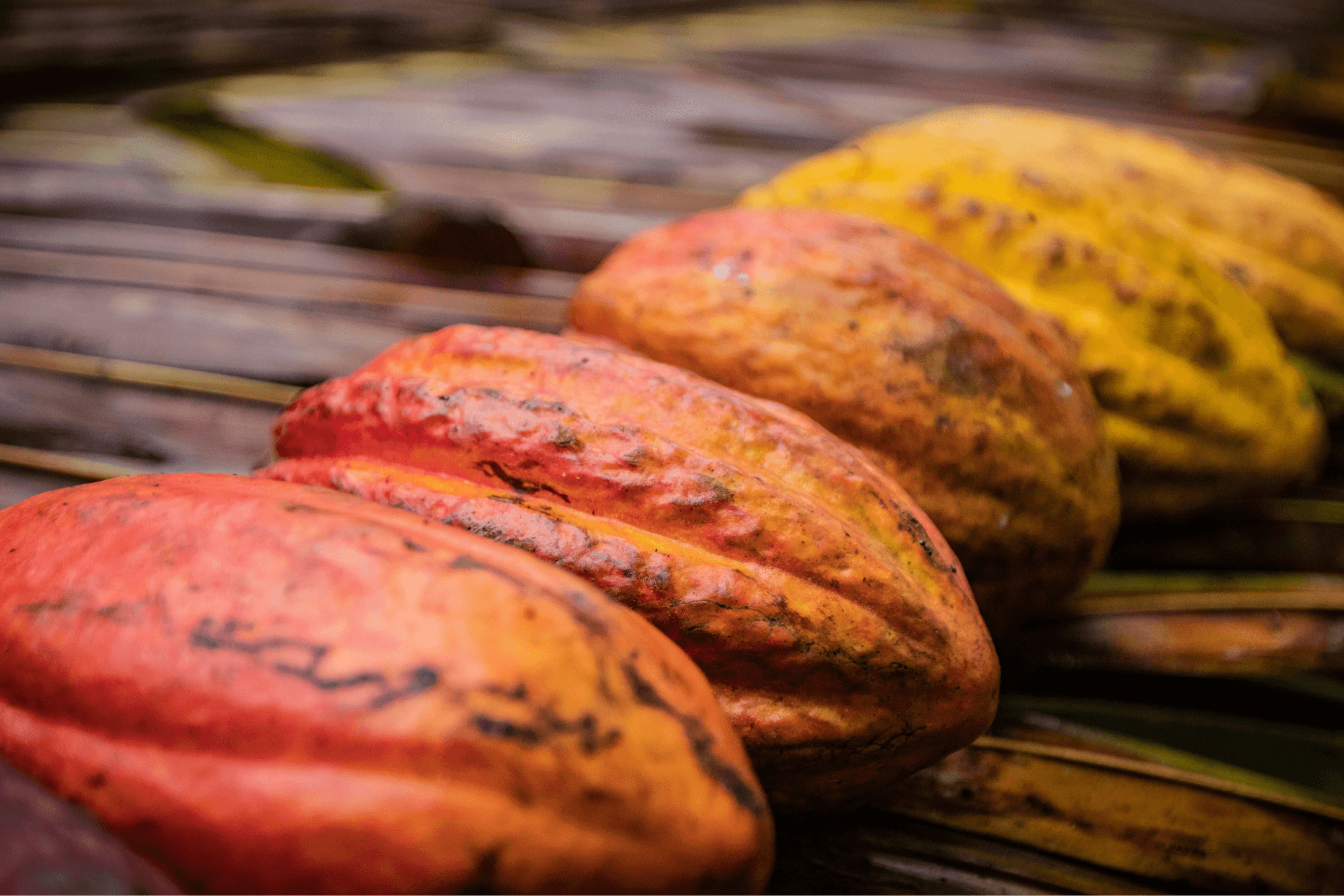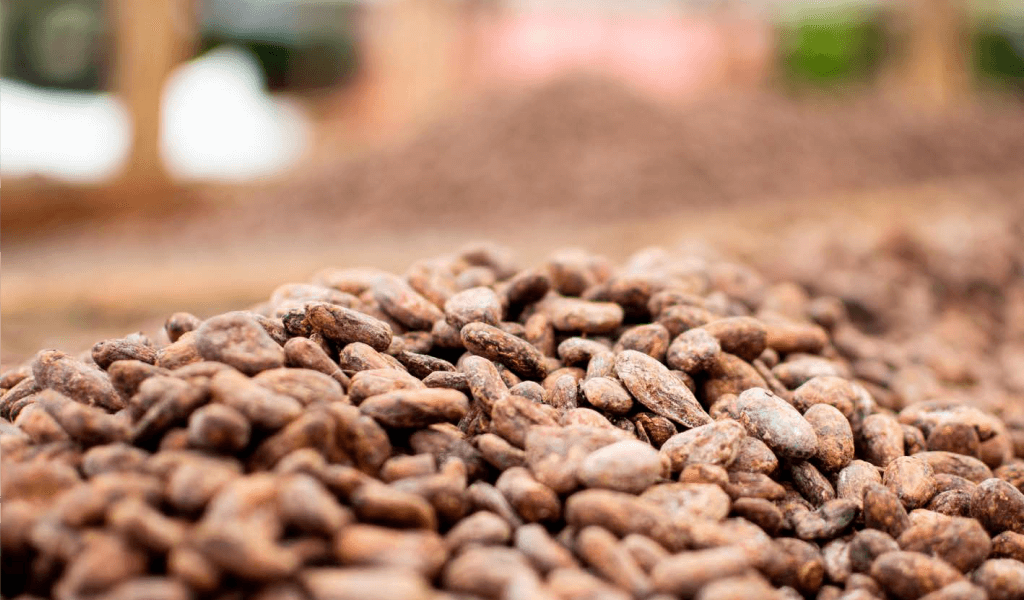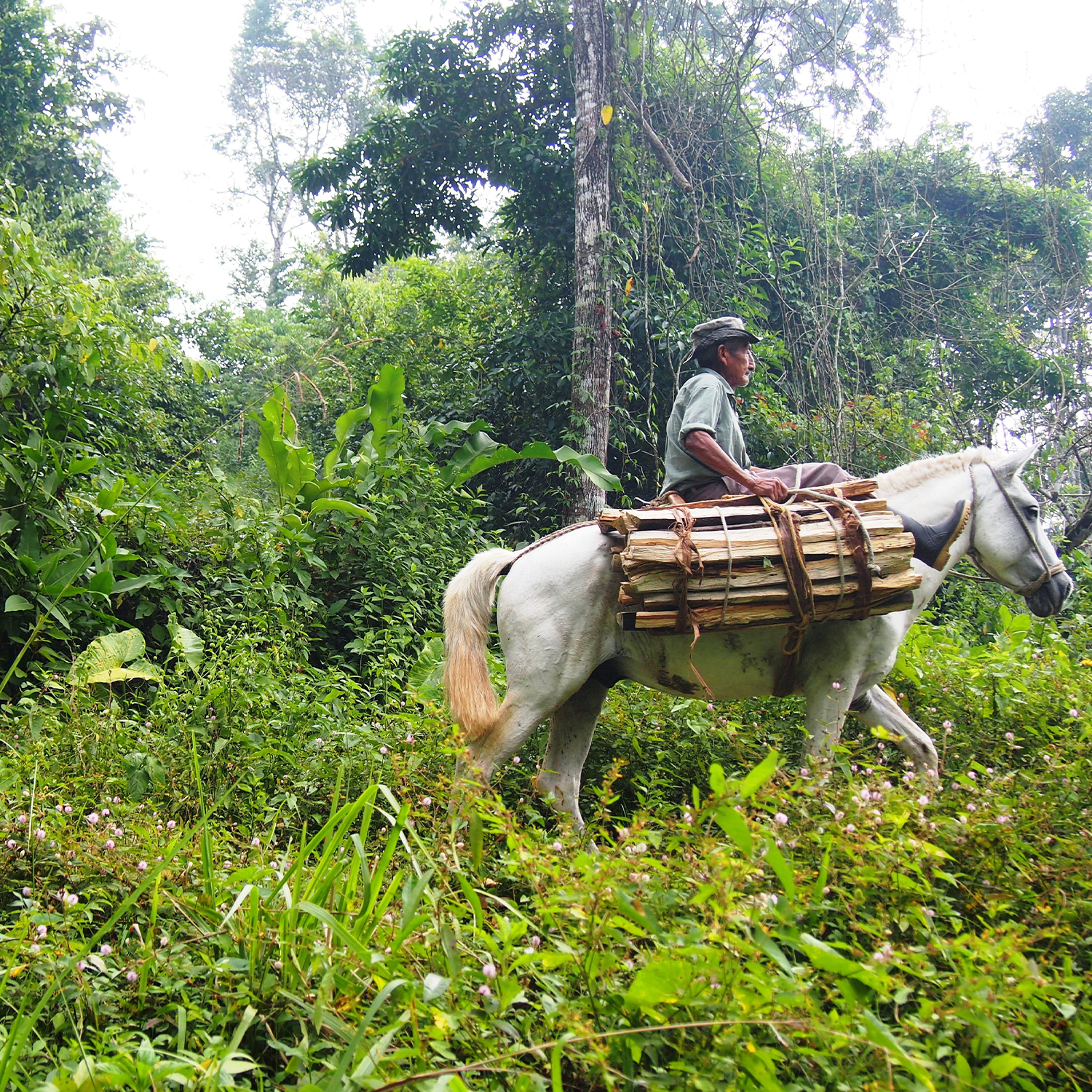
Agroforestry & Farming Practices
Agroforestry
Cacao grows well in agroforestry systems, where it is intercropped with other tree and plant species that can be harvested for nutrition and sale and which create more resilient and biodiverse environments. Across the Uncommon Cacao network, we often see cacao planted alongside banana (especially in the early years of production), plantain, avocado, citrus, and hardwood species like mahogany and cedar. Learn more here.
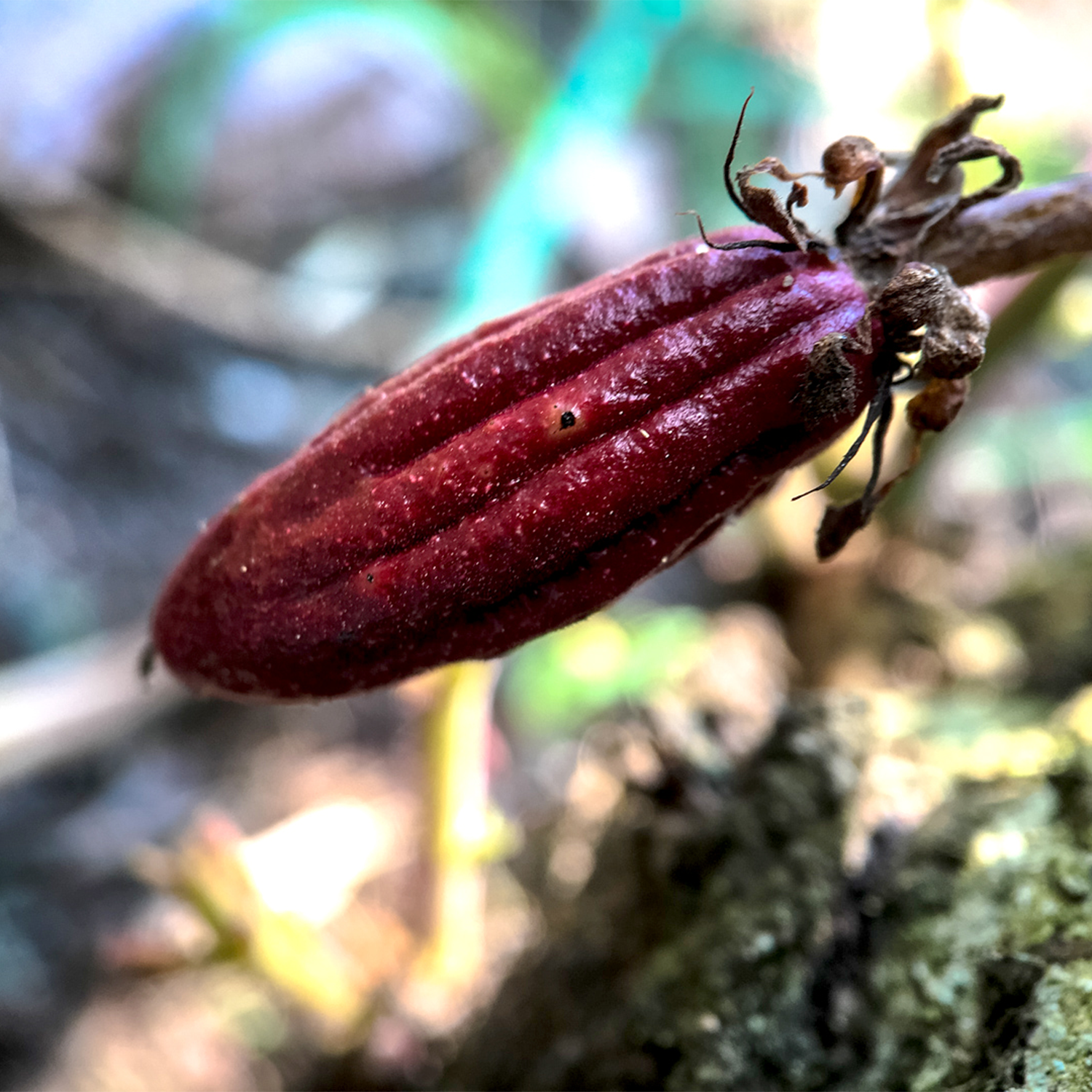
Agroforestry & Farming Practices
Cacao Tree Propagation
Cacao trees can be propagated (reproduced) through a variety of methods. The most common include 1) growing new trees from seed and 2) grafting budwood from an adult tree onto a young sapling, also known as “cloning.” Learn more here.
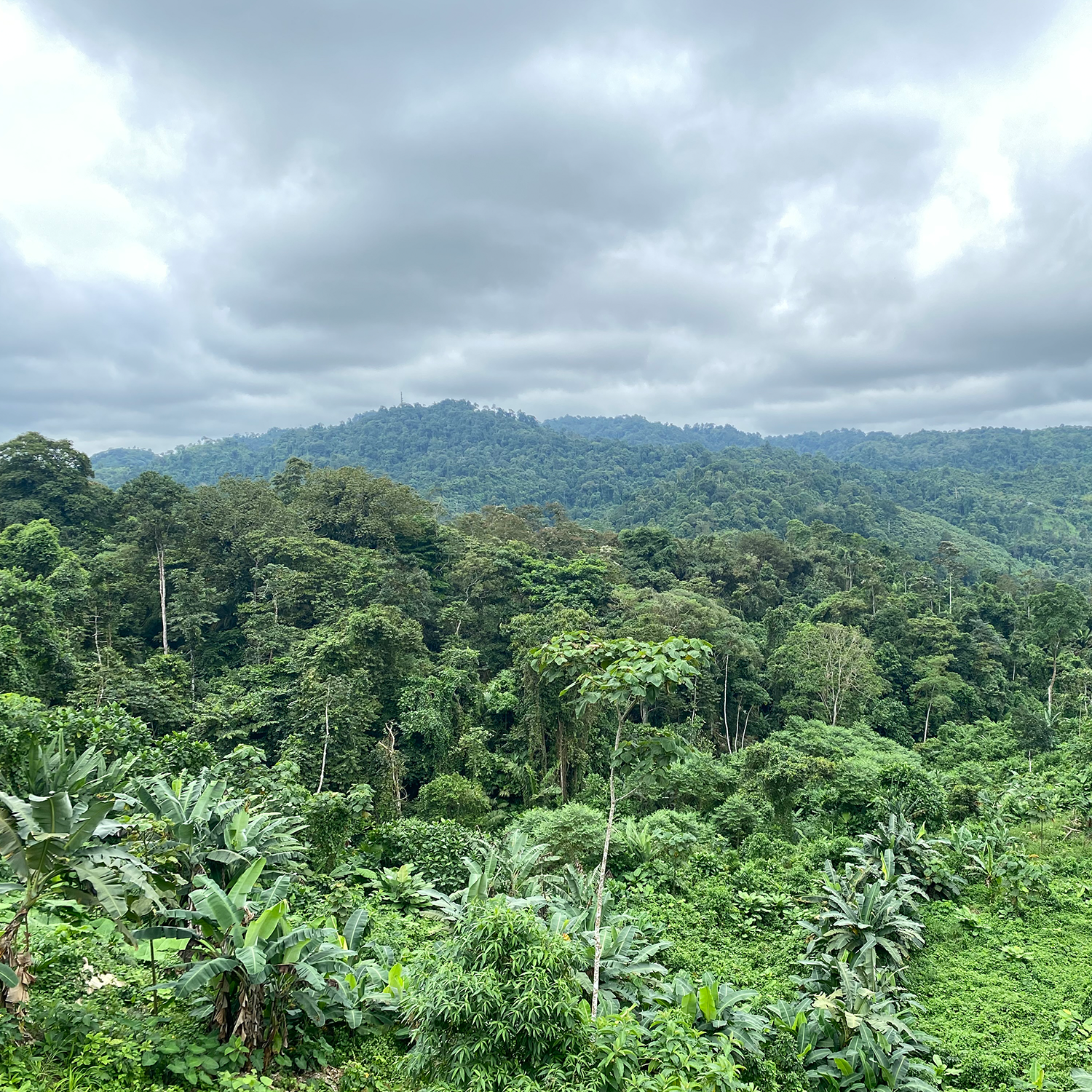
Agroforesty & Farming Practices
Certifications
Most, but not all, of the cacao that Uncommon Cacao sources is certified Organic for the US and/or Europe. Unlike other certifications (Fair Trade, Rainforest Alliance, etc) that are managed by the private and/or non-profit sector, Organic certifications are regulated by law, based on the country or region (EU) into which the cacao is being sold. While many producers may claim to be “organic by default” because they do not use agrochemicals, certified organic cacao production requires certain practices related to soil conservation, erosion control, recordkeeping, and more.
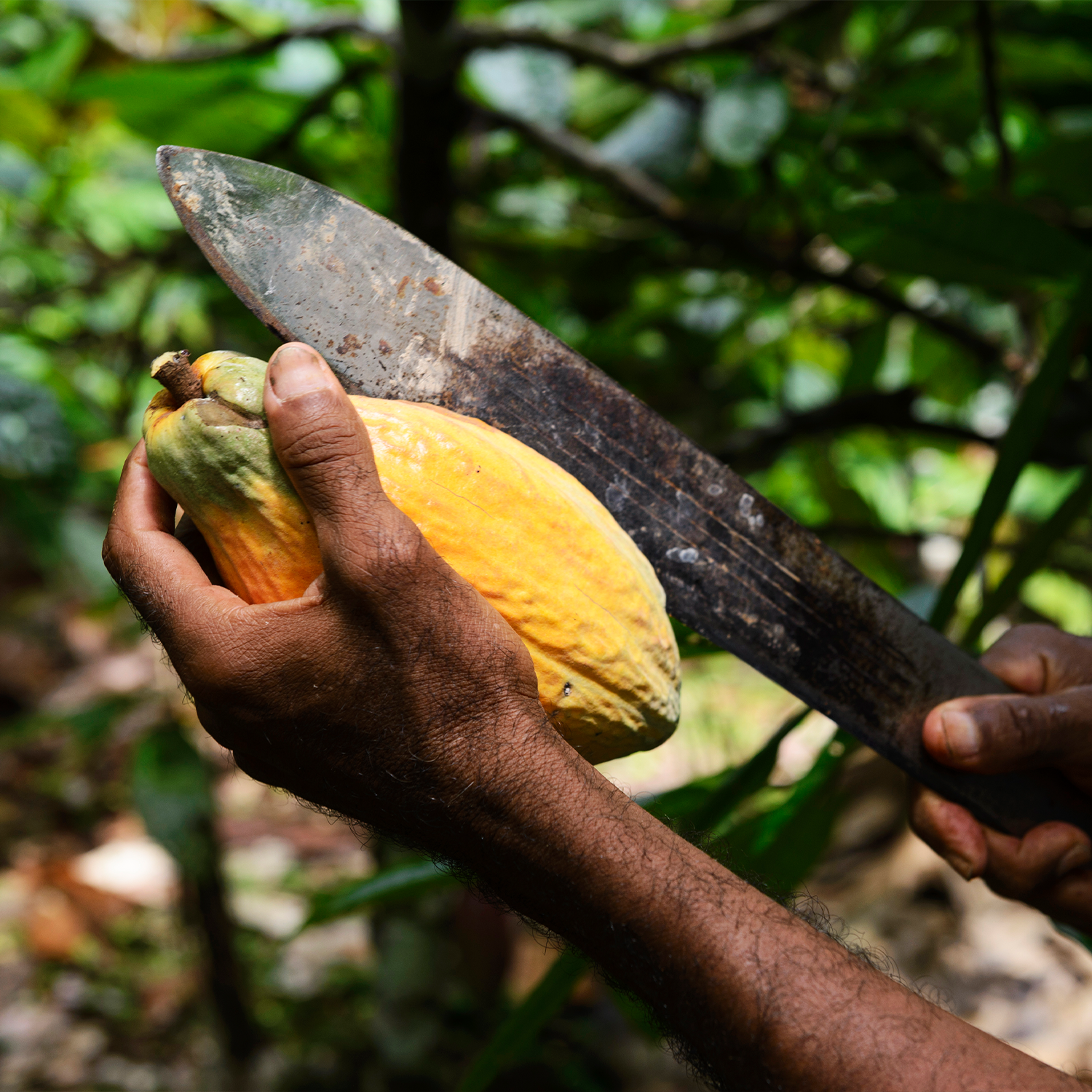
Agroforestry & Farming Practices
Cacao Production
Producing cacao requires patience, commitment, and highly skilled work. From planting a seed or grafting a young seedling to the production of fruit takes at least 18 months, and in many cases as long as three years or more. During this time, young cacao trees must be cleaned of any vines or grasses growing alongside them, and they should be pruned to create the right structure for production. Once the trees start to produce fruit, care must be taken to harvest the cacao at its optimal degree of ripeness.
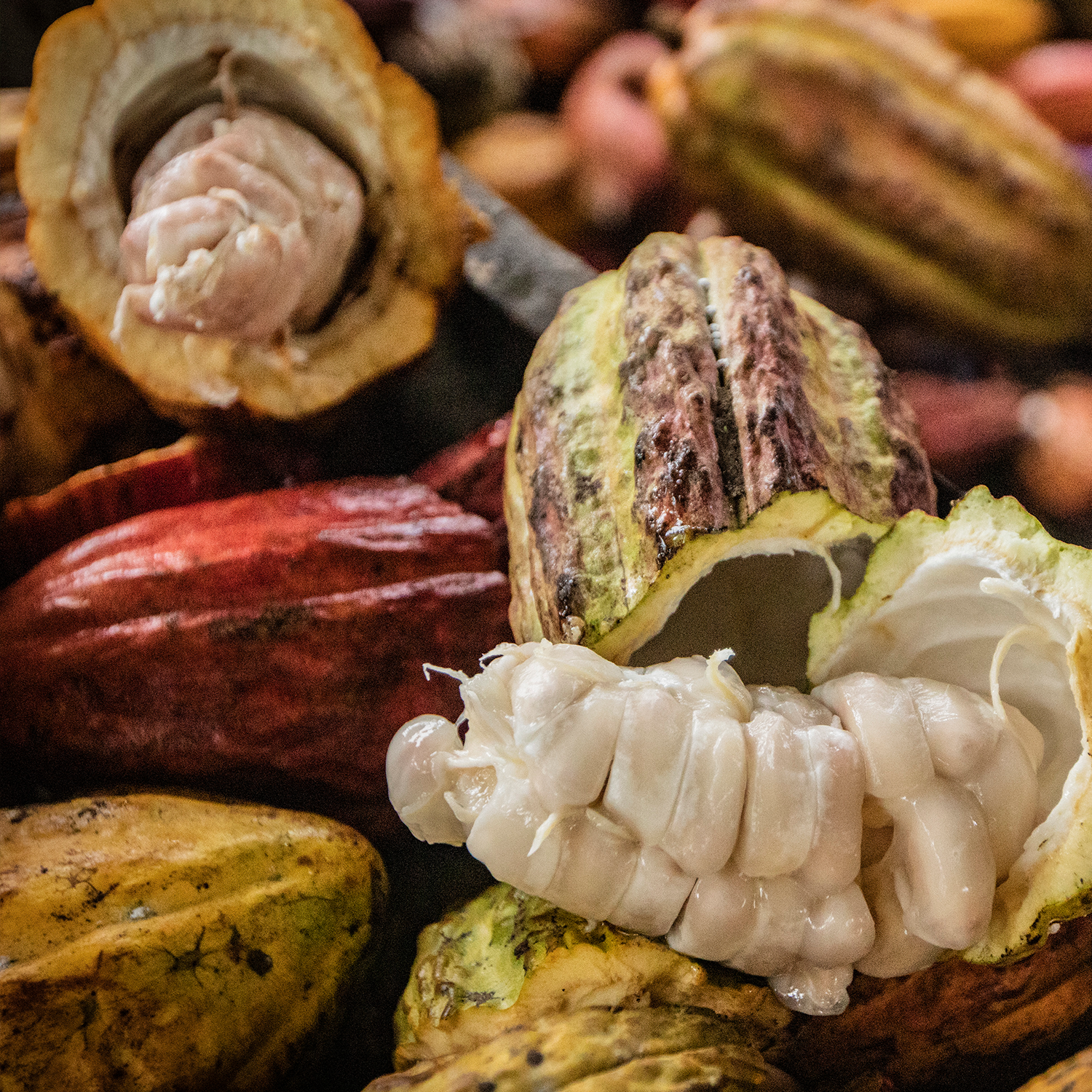
Fermentation & Drying
Ripeness
After cacao has been harvested at optimal ripeness, the pod is cracked open, often using a machete, wooden baton, rock, or another pod. Optimal ripeness can be checked by evaluating the sugar content of the pulp, or Brix degrees, which should be between 14-19 degrees. The white-colored pulp, with the cacao seeds (beans) lodged inside, is scooped into a bucket, basket, or bag. The pulp starts to ferment as soon as it touches the air, which is why it is important for controlled fermentation to start soon after pod cracking.
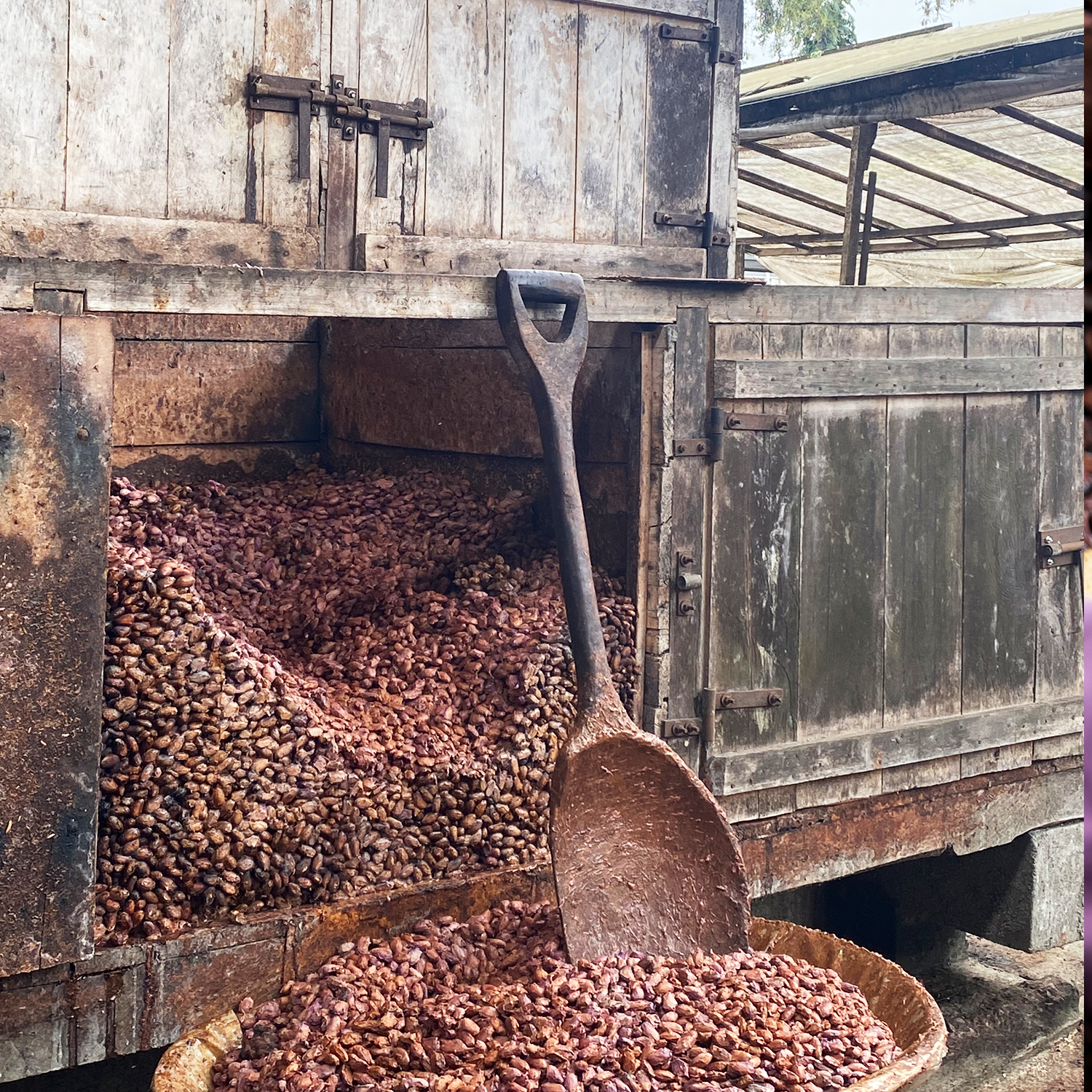
Fermentation & Drying
Fermentation pt.1
For the first 48 hours, a fermenting mass of cacao pulp and seeds should be left in an insulated, protected box, heap, basket, or other container. This enables the critical process of anaerobic fermentation to take place, during which the yeasts in the environment around the mass (in the wood of the box, banana leaves, bags, etc) consume the sugars in the pulp and produce alcohol.
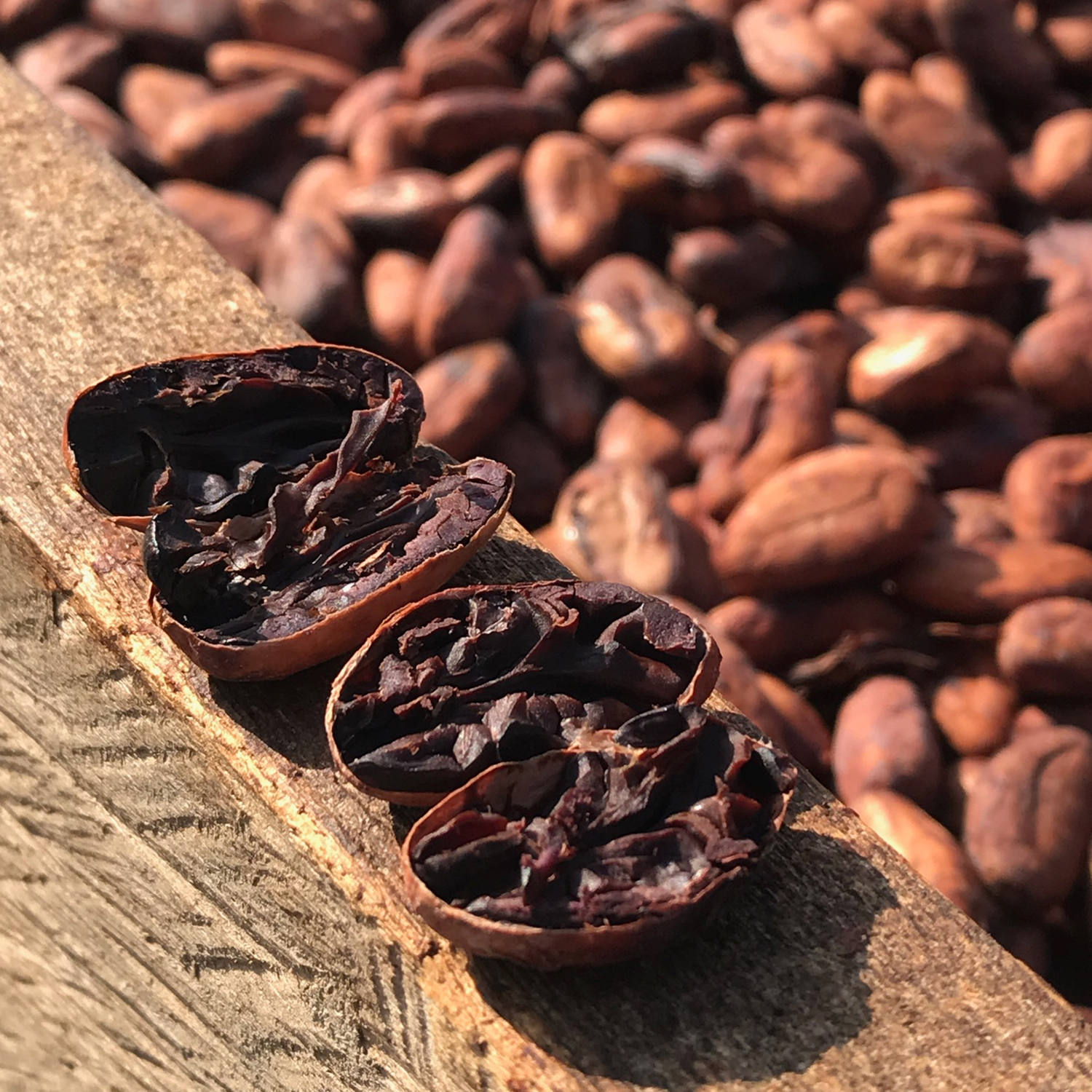
Fermentation & Drying
Fermentation pt.2
After the first 48 hours, there can be a wide variety of protocols used to continue the fermentation process, but once oxygen has been introduced to the mass the type of fermentation changes to aerobic fermentation. At this time, bacteria takes over, consuming the alcohol produced by the yeasts and converting it into acids. These chemical reactions in the mass and ultimately within the seeds themselves create the flavor precursors for what we eventually will taste in the chocolate.
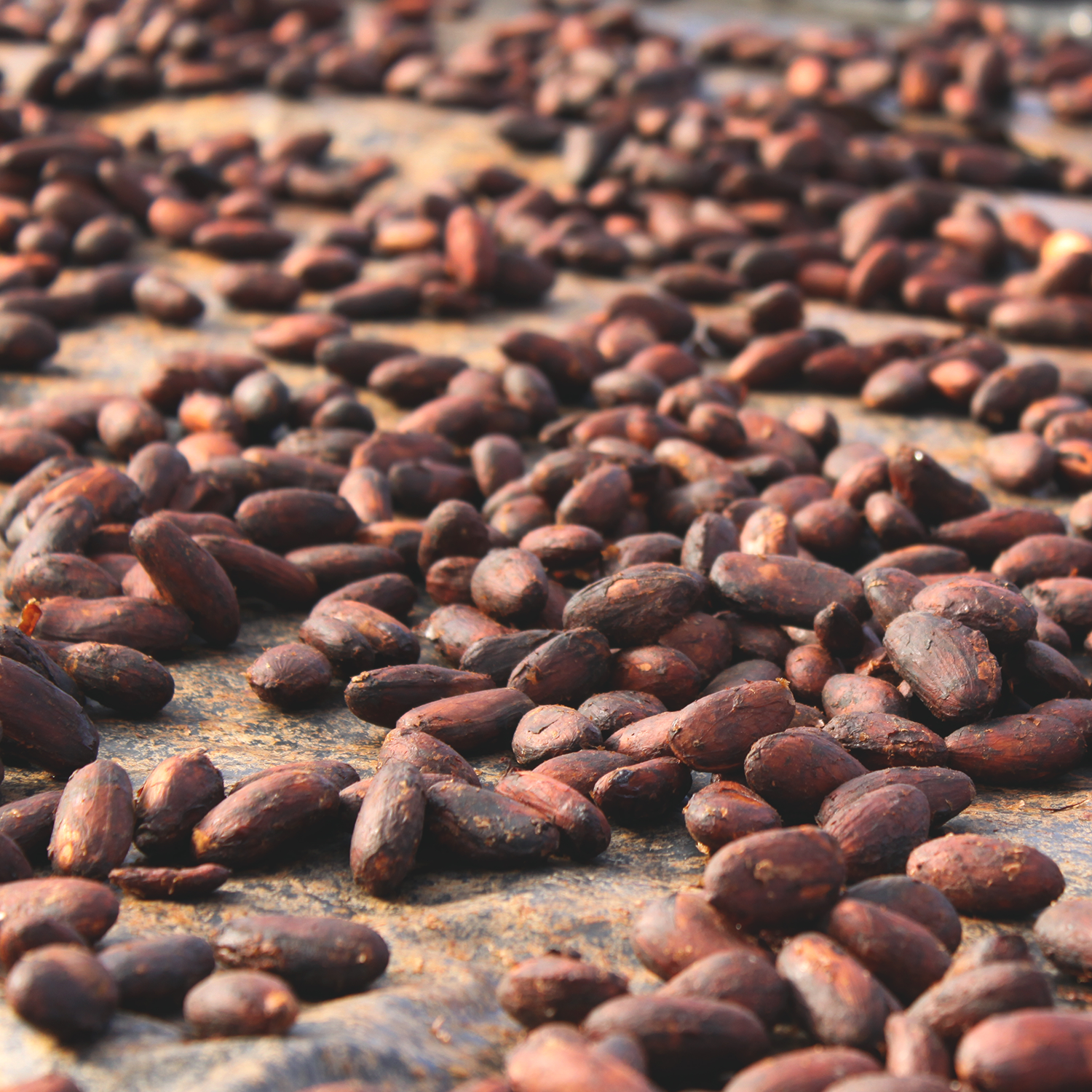
Fermentation & Drying
Slow Drying
Once cacao has finished fermentation, it will still be a “wet” and sticky texture and must be dried so it can be transported and further processed. Most of the producers that Uncommon sources cacao from will use a slow drying process at the beginning of drying, which enables the acids built up within the cacao seeds during fermentation to slowly release out of the shell. Examples of slow drying approaches include covered drying tables or limited exposure to direct sun for the first several days. Drying too quickly in the initial stage can cause the shell to crisp up, trapping the acids inside and creating a sour flavor.
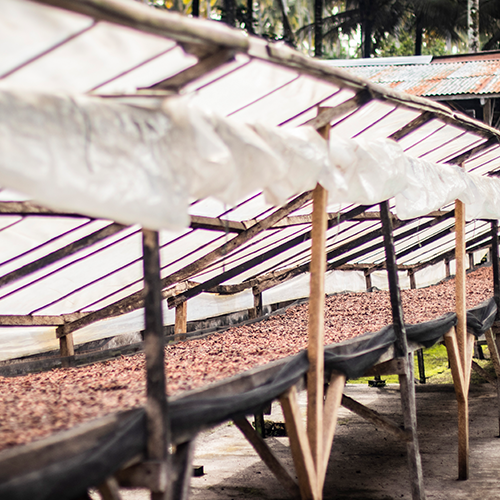
Fermentation & Drying
Drying Requirements
Cacao must be dried below a maximum humidity of 7.5% in order to prevent the development of mold and/or other toxins during storage and shipping. Many producers will finish off the drying of their cacao with a direct sun or mechanical drying stage to ensure humidity drops below this level. Drying cacao under 5% humidity, however, can cause the beans to break and crumble. Producing high quality cacao takes skill and attention to detail.
